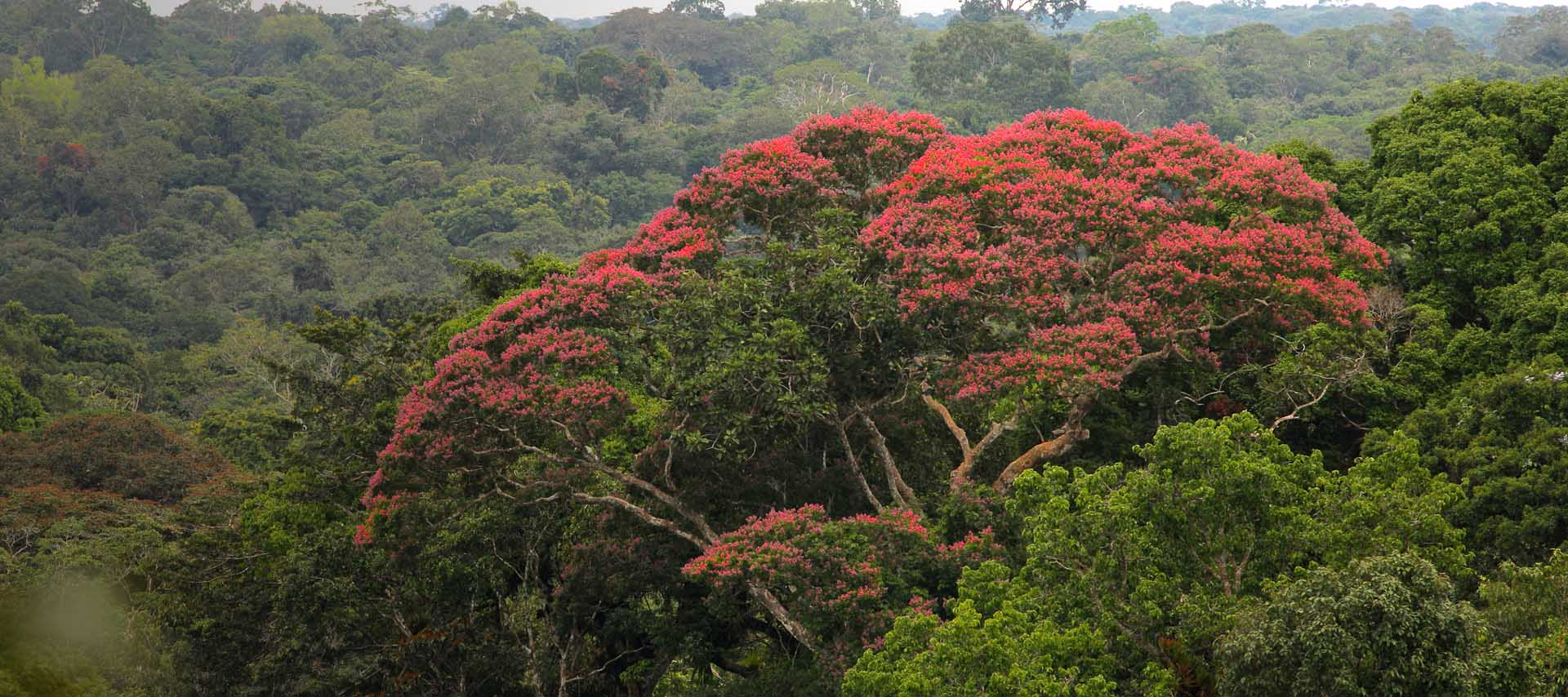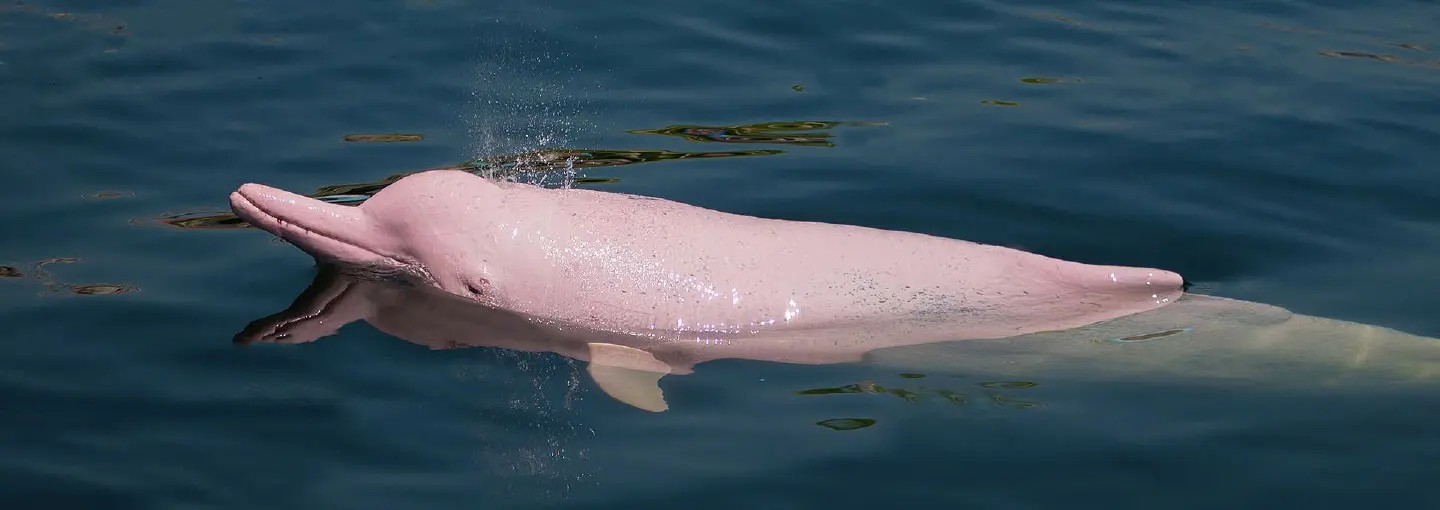The World’s Most Biodiverse Region
The Amazon rainforest is the largest tropical forest on Earth, with the highest density of plant and animal species anywhere.
Unparalleled in scale, complexity, and diversity, the Amazon stabilizes key processes that are vital to life on Earth. This impressive region provides essential ecological services, stabilizing the world’s rainfall patterns and storing massive amounts of carbon that mitigate climate change.
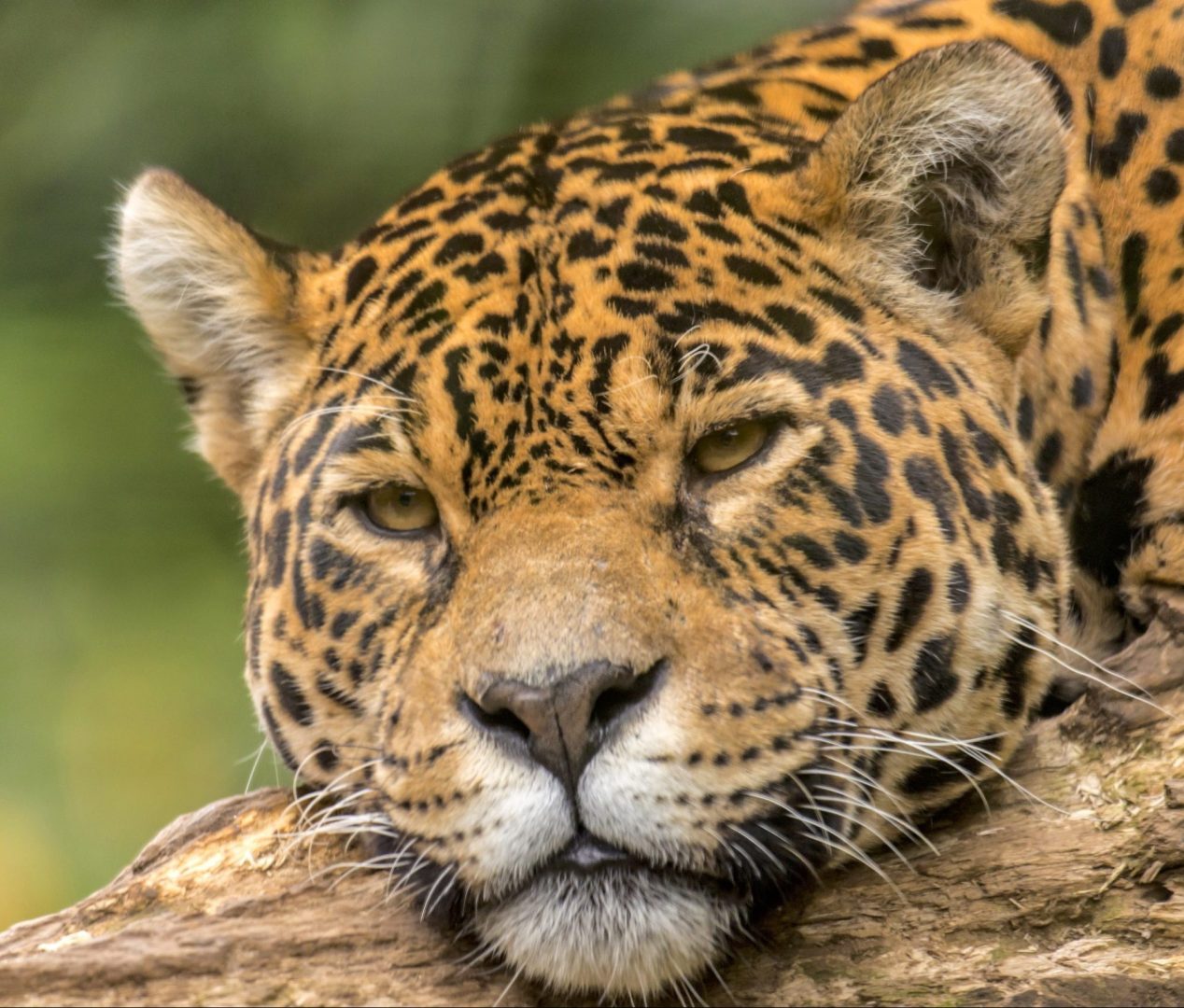
Spanning nine South American countries and 2.5 million square miles (roughly the size of the 48 contiguous United States), the Amazon represents over half of the world’s remaining rainforest. Its moist, tropical vegetation stretches from the Atlantic Ocean in the east to the Andes in the west.
Running through the north of the rainforest is the Amazon River. Flowing a length of 4,000 miles, it contains the largest number of freshwater fish species in the world. The rainforest is the planet’s richest and most-varied biological reservoir, containing millions of species of plants, insects, birds, and other forms of life.
One in ten of the world’s known species lives in the Amazon
Among the impressive fauna found in the region are the jaguar (Panthera onca), Amazon river dolphin (Inia geoffrensis), hyacinth macaw (Anodorhynchus hyacinthinus), and poison dart frog (Dendrobates tinctorius).
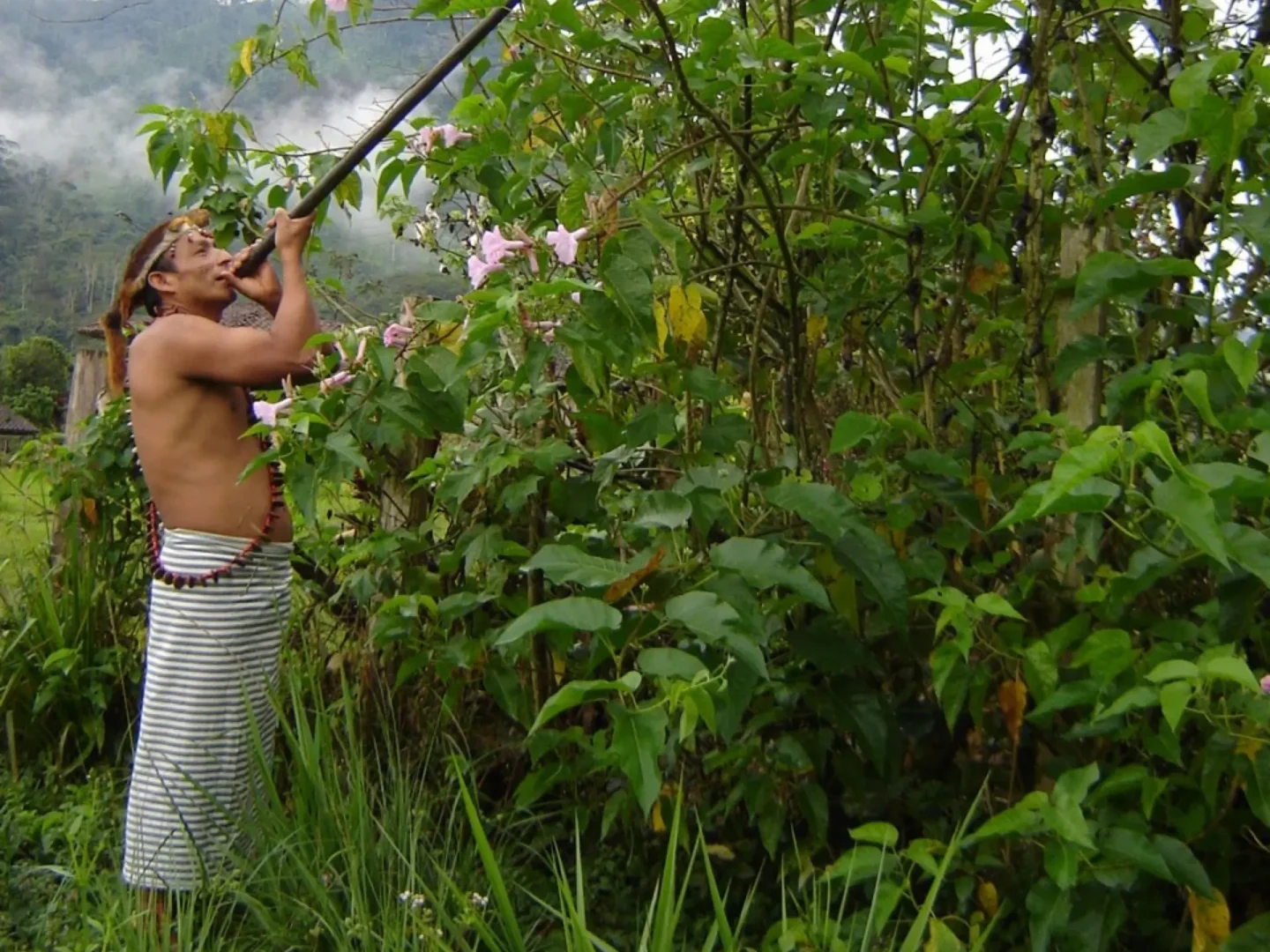
The Amazon is home to more than 120 Indigenous nationalities
Indigenous nationalities such as the Shuar and Maijuna have been living in the Amazon for thousands of years, accumulating a detailed knowledge of the rainforest and methods to subsist from it. Across the Amazon, thousands of plant species are used for medicine by local communities. Research consistently shows that forests, where Indigenous peoples have secure land rights, have significantly lower deforestation rates and release less carbon dioxide than adjacent lands.
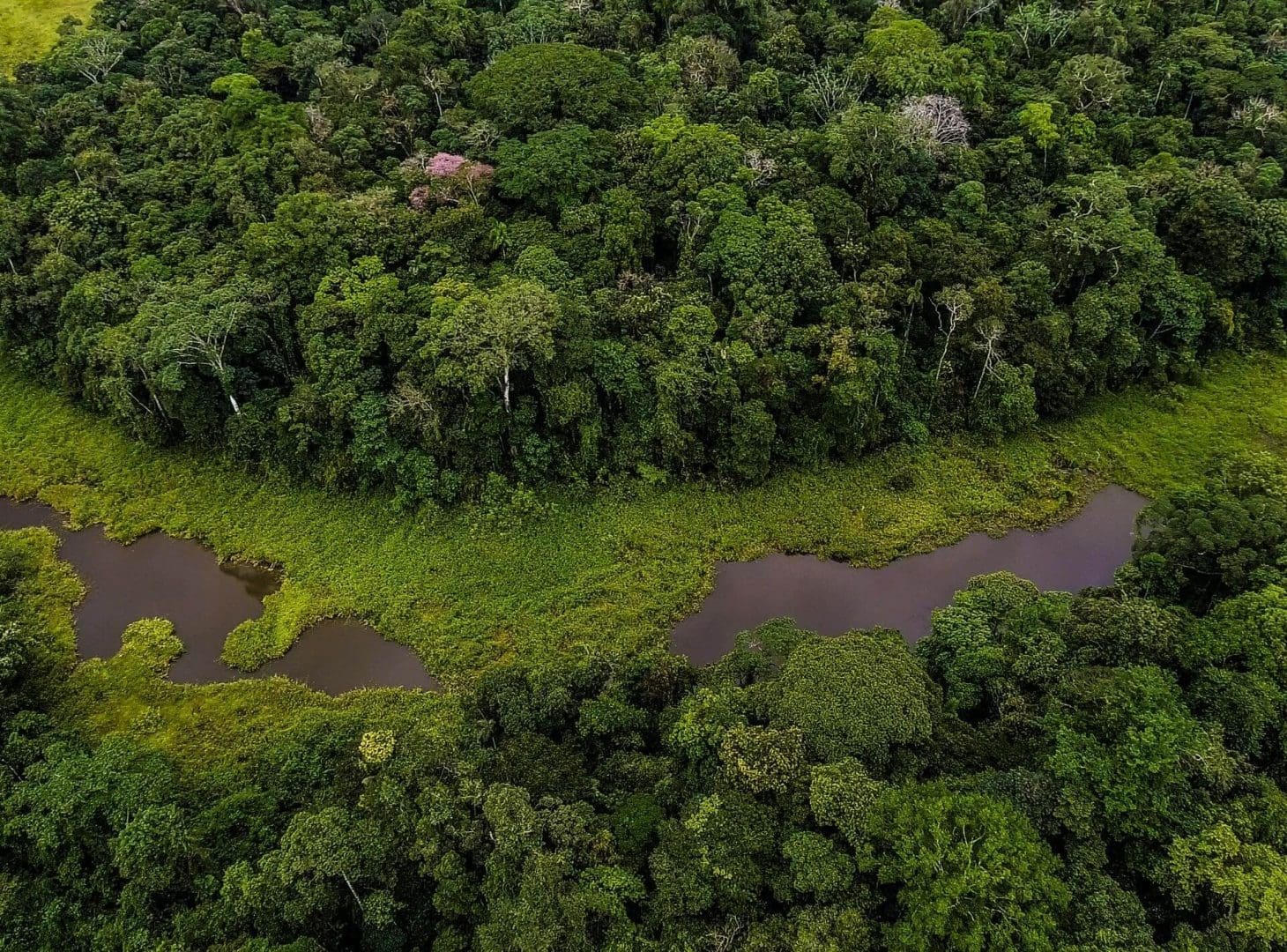
The Amazon rainforest captures billions of tons of carbon
The Amazon has long been recognized as an important repository of natural resources and services not only for local and Indigenous communities but also for the rest of the world. The rainforest plays a crucial role in stabilizing the world’s rainfall patterns, influencing atmospheric and water cycles as far as the United States. Additionally, vegetation in the region takes in massive amounts of carbon dioxide, helping to mitigate climate change. Currently, the Amazon’s forests hold 100 billion tons of carbon in the lignin of its trees. Furthermore, the Amazon circulates more than 20 percent of the world’s oxygen.
Humans have deforested 20 percent of the Amazon rainforest over the last 40 years alone, and an additional 20 percent is at risk of being destroyed.


Agricultural expansion is the greatest threat to this ecosystem. Industrial farming, urban expansion, mining, petroleum extraction, dams, and irresponsible timber production have also led to massive forest loss.
As deforestation continues and the effects of climate change intensify, we run the risk of losing this spectacular ecosystem for future generations. With the support of our donors, we’re working with communities and partners to protect the Amazon and cultivate a sustainable forest economy.

